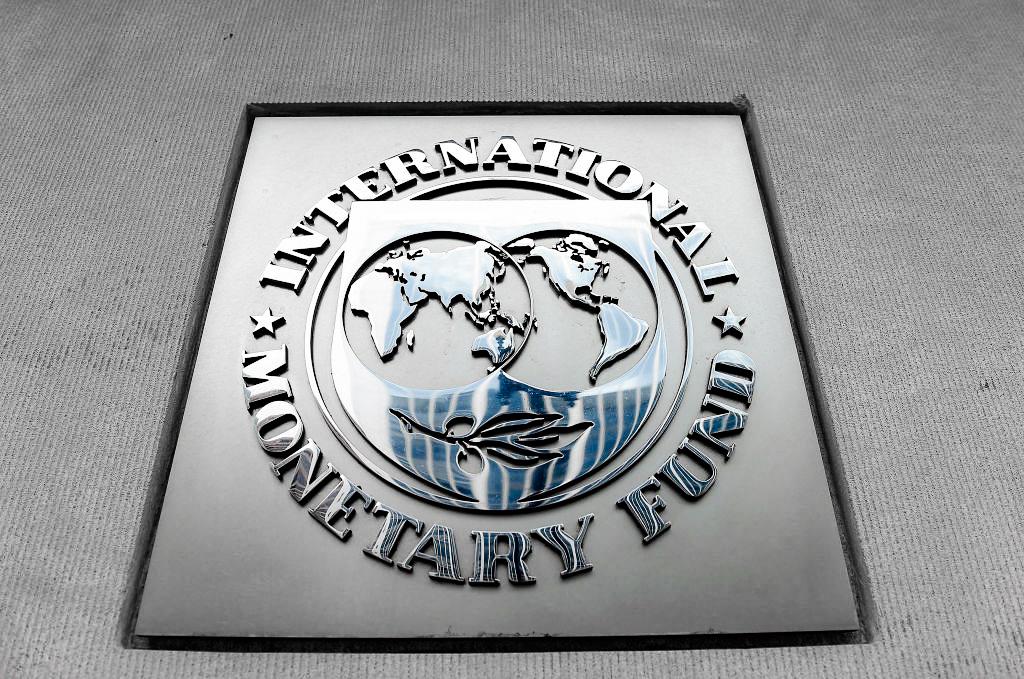The European Central Bank (ECB) tried to calm fears of a debt crisis following an emergency policy meeting on June 15 by promising “flexibility” while managing its huge balance sheet, as well as creating a new tool to tackle the risk of eurozone bond fragmentation.
During a meeting the previous week, the ECB stated that it planned to raise rates by 25 basis points in July to tackle inflation, its first such hike in 11 years. A bigger hike in September could follow if necessary, the ECB said, while adding that it would stop buying European government bonds.
These developments had a negative effect on countries in southern Europe, pushing up their borrowing costs sharply. There were also calls for the ECB to provide more information on how it planned to prevent the fragmentation of the eurozone bond market. A sharp selloff in the European bond market followed, forcing the ECB to hold an unscheduled emergency meeting.
The COVID-19 pandemic has left “lasting vulnerabilities” in the euro region economy that are contributing to the “uneven transmission” of the monetary policy normalization across jurisdictions, the ECB claimed.
“Based on this assessment, the Governing Council decided that it will apply flexibility in reinvesting redemptions coming due in the [Pandemic Emergency Purchase Programme] portfolio, with a view to preserving the functioning of the monetary policy transmission mechanism, a precondition for the ECB to be able to deliver on its price stability mandate,” the release said.
Earlier this week, the yield gap between 10-year German and Italian government bonds widened to its largest level since March 2020. Italian spreads hit a peak of about 250 basis points on June 14. This is the highest spread since 2014 and has triggered concerns about the sustainability of the country’s high debt levels.
At the end of 2021, Italy had the second-highest debt-to-GDP ratio in Europe at 151 percent, with Greece in the top spot at 193 percent.
“In contrast to earlier episodes of disorderly market movements, however, inflation makes the difference this time around. The ECB cannot simply pour money at the problem as monetary tightening and higher rates are actually needed.”





